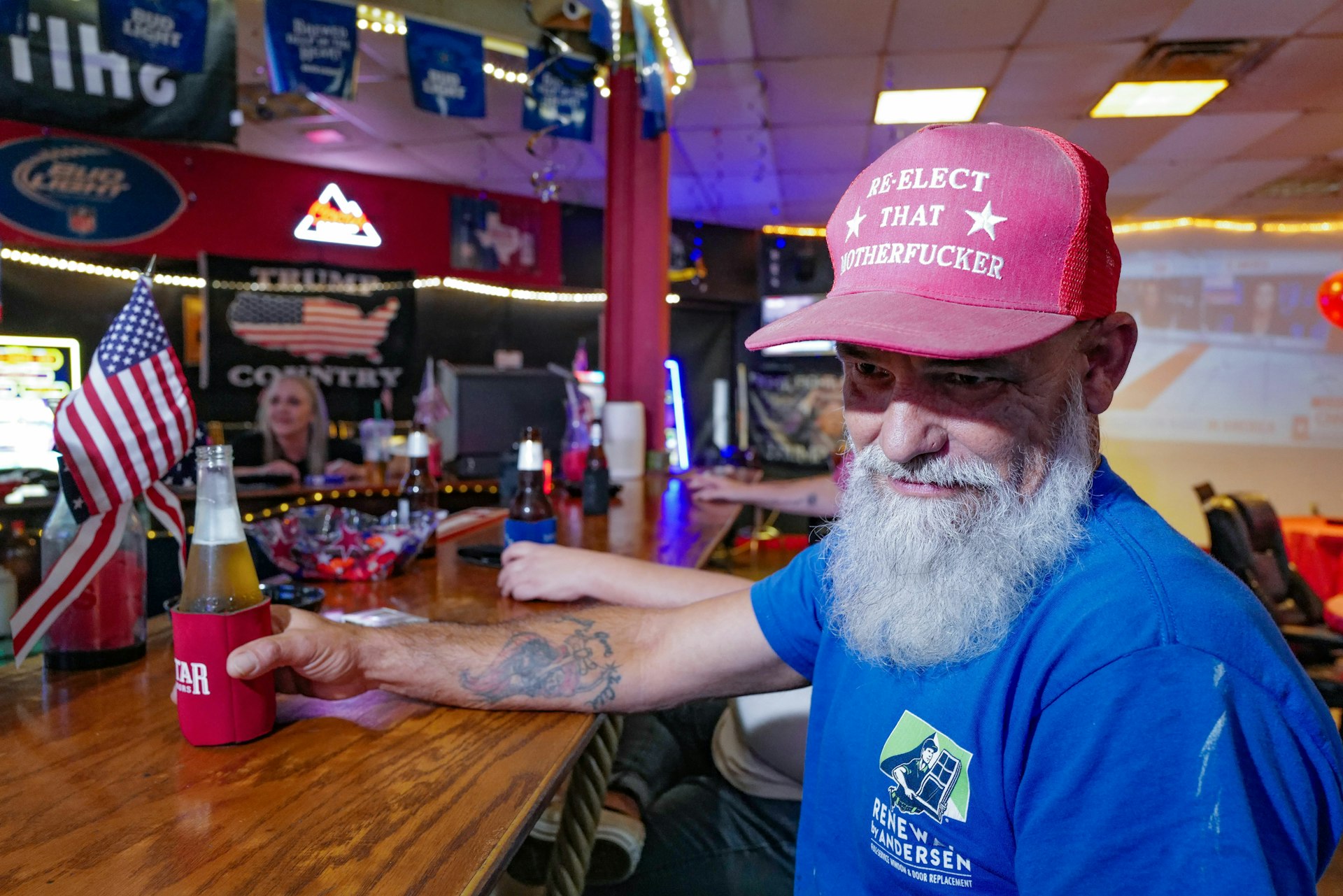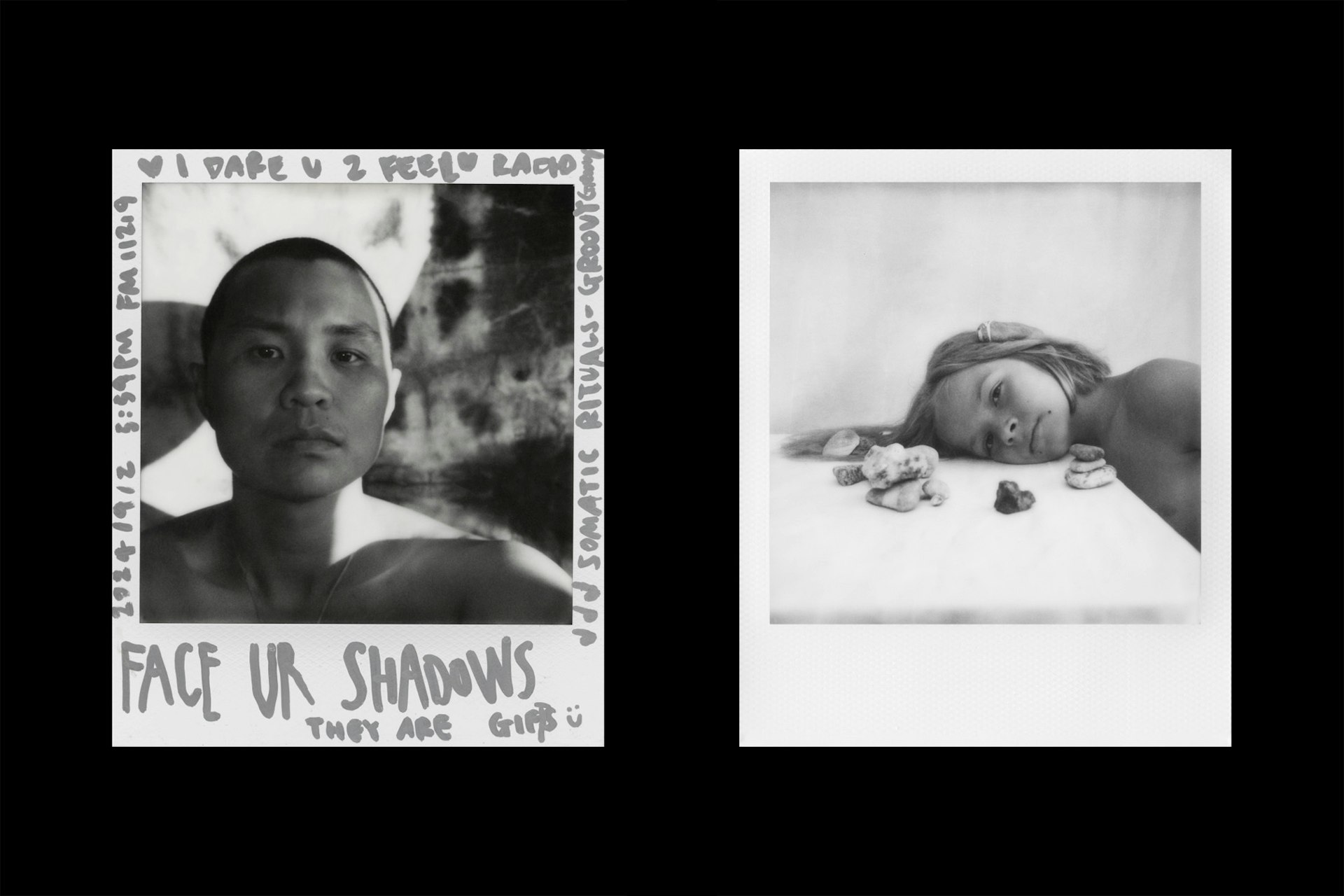Restrained and killed by police: Justice for Seni Lewis
- Text by Micha Frazer-Carroll
- Illustrations by Emma Balebela

Within seconds of being asked about what her son Seni was like as a child Aji begins to cry. Reaching for a box of tissues next to a meticulous collection of newspaper clippings, reports and other documents related to her son’s death, Aji sighs: “He was a gentle giant. We called him our ‘shining star’.”
Seni Lewis was only 23 when he was restrained by the police for up to 40 minutes, leading to his death. Like so many others who die after police use of restraint or force in Britain, Seni was a young Black man. More unusually, perhaps, he didn’t die after being taken into custody at a police station, after being stopped and searched in public, or following an emergency call to his home. Instead, Seni died in a local psychiatric hospital. A place of explicit safety and refuge – where he had just been admitted as a voluntary patient.
Growing up in South Norwood in Southeast London, Seni was the youngest child of three, and Aji and her husband Conrad’s only son. Aji describes young Seni as “an adventurer” – he was sporty and good at taekwondo, loved animals, and going exploring on family holidays. “He hated injustice – he’s always been like that – always stood up for marginalised people.” She says that if they walked past someone who was sleeping rough, Seni would always tell her to give them money, and pull her up on it if she hadn’t given enough.
At school, Seni had a reputation for sticking up for and protecting his friends – intervening when teachers said something unfair to another child, or when a bully stole his friends’ ball. Aji tearfully remembers: “When he died, quite a few staff got in touch and said how they had to watch themselves with Seni around – he always picked up on kindness.”
Seni had just finished his masters in IT and Business Management and had plans to start a PhD in the US when – despite no history of mental illness – his mental health began to rapidly deteriorate. It was a bank holiday weekend in 2010, and Seni went on a night out on 30 August while Aji was babysitting her baby grandson at home. “I don’t know who he went out with, but they weren’t his normal friends. [When he got home] Seni said ‘mum, don’t worry, but they’ve given me something bad.’”
After going to bed and trying to sleep off the after effects of the unknown drug he’d been given, Seni was still incredibly agitated, anxious and paranoid. Aji says they also went to visit a family friend whose daughter had studied psychology, and she pointed out that Seni was behaving oddly. “Then when we were driving back, he kept saying ‘They’re looking at me’, and things like that.”
It was at that point, on 31 August 2010, that Seni decided that he should go to the Mayday University Hospital in Croydon. Aji says that just before leaving home, Seni began to offload, bringing up old conflicts from years ago and saying, “Mum, you were right”. “Then he said: ‘I’m ready.’” Aji, who like Seni, is spiritual, describes the moment as having a haunting quality to it in hindsight. “It’s as if he knew he was going to die.”
Later that day, Seni was admitted to the Maudsley Hospital in Camberwell, and then later, due to his postcode, transferred to Bethlem Royal Hospital. Formerly the world’s oldest asylum (and the origin of the term ‘Bedlam’ to mean chaos or pandemonium), Bethlem is now a modern psychiatric facility in the hands of the South London and Maudsley NHS Foundation Trust. While it has shirked many of its historical connotations of violence and patient mistreatment, Aji still sensed an air of mistrust in Bethlem from Maudsley staff. “One of the nurses said to me: ‘Don’t let him go to Bethlem, it’s horrible there.’”
— Marcia Rigg (@marcia_rigg) October 27, 2021
When Seni was dropped off there was lots of shouting, banging and general discord on the ward at Bethlem. “It didn’t seem like a place to bring someone who was not well.” Despite Aji’s hesitations, her eldest daughter, Kemi, persuaded her not to sleep outside the hospital in her car when visiting hours finished at 8:30pm, but instead to go home and rest.
The events that took place after Aji and Conrad both left only came to light after being leaked to the Evening Standard by a whistleblower who had witnessed the scene. We now know that Seni’s state continued to deteriorate, and he decided he wanted to leave Bethlem. As a voluntary patient, he had been explicitly admitted on the condition that he could leave when he wanted. Despite this, an orderly prevented him from leaving which allegedly led to Seni banging the door of his hospital room in frustration. The orderly then called the police, claiming criminal damage (Seni’s friends, who visited the scene the next morning and took photographs, said they found no evidence of damage to the door).
Police arrived soon after, placed Seni in handcuffs and moved him down to a padded room in the hospital, but still afraid and frustrated, Seni tried to escape the room. A total of 11 police officers went on to restrain Seni face down, twice over a period of 30 to 40 minutes, while hospital staff watched on. Seni was bound in two sets of leg restraints and two sets of handcuffs (linking his left arm in front of his face/neck with his right arm behind his back) – as well as being struck three times with the end of a police baton. One doctor, whose statement was read at the inquest, said of the incident: “After they had tied him up with the straps it seemed like when a hunter has tied [an] animal… it was an uneasy feeling that I had that it was not a human being that they were restraining.” Seni eventually fell unconscious due to lack of oxygen to the brain, but police left him on the floor in the room, claiming that he was “faking”.
At around 10pm, Aji received a call, not from the hospital, but from Seni’s best friend Omari, to say that Seni was in A&E at the Mayday hospital. “It had been less than two hours [since we left],” Aji says. Seni was on life support, and when the family arrived, three police officers stood, shuffling awkwardly in the family room. The family still did not know what had happened to Seni or why police were present, but one officer remarked as they arrived that it was “lucky” that his colleague was good at CPR.
By 4 September, Seni’s doctor told the family that he had suffered brain stem death, and advised that his life support be switched off. And on 4 September, the Lewis family, alongside family friends, prayed around Seni’s body and said their last goodbyes before he died.
Campaigners and family members see an undeniable racialised element to Seni’s treatment at Bethlem and by the police. Figures from 2017 show that Black people are three times as likely as white people to be restrained in NHS mental health units. The charity INQUEST’s statistics show that the proportion of ‘BAME’ (Black, Asian and Minority Ethnic) deaths in custody where restraint is a feature is over two times greater than it is in other deaths in custody.
The subsequent paths to supposed justice were, characteristically, traumatic for the family, and subject to delays. After a 2011 inquiry by the Independent Police Complaints Commission (IPCC) was closed, an investigation was reopened after a new inquiry into the custody death of Sean Rigg who died following a cardiac arrest in Brixton Prison in 2008. In 2015, following the conclusion of a second IPCC inquiry, the Crown Prosecution Service delivered a verdict that no criminal action would be taken against the police who restrained Seni, adding that there was “considerable evidence as to Mr Lewis’ strength and violence”.
A coroner’s inquiry in 2017, however, noted that police had used excessive, disproportionate and unreasonable force, had poor training on restraint, and did not understand the definition of “prolonged restraint” or what to do if it was unsuccessful. Nonetheless, six officers who were present during Seni’s restraint – PC Simon Smith, PC Michael Aldridge, PC Stephen Boyle, DC Laura Curran, PC Ian Simpson and PC James Smith – were cleared of any wrongdoing over his death at a Metropolitan Police disciplinary hearing. They would continue to work in the force, with no repercussions.
Seni’s death has, however, resulted in some changes to mental health provision in the UK. In 2017, Seni’s family worked alongside Steve Reed, MP for Croydon north, their solicitor, Raju Bhatt, and organisations like Mind and INQUEST to draft a proposed change in the law. The law, nicknamed Seni’s Law, sought to prevent unnecessary and excessive restraint in mental health units, to require psychiatric hospitals to give more comprehensive information about the use of restraint, and to require better demographic data on the use of restraint (including racial demographics). In 2018, the bill was passed, titled the Mental Health Units (Use of Force) Act.
Nonetheless, it is hard to understate the impact that a death in state custody can have on families of victims. The stress haunts each person in a unique way. Aji is visibly pained as she remembers that Maudsley initially offered her the choice to take Seni home – as if she could have somehow intervened in a course of events she could have never foreseen. “You see, I could have taken him home. These are the things that weigh on you,” she says. Unlike their mother, who for 10 years has campaigned with other families, run trainings, written forewords to books, done media appearances, and worked on reforms within the NHS, Seni’s sisters Kemi and Lara don’t often speak to the press or at marches – in fact they barely felt able to attend the Inquest.
Like many people who lose a loved one after contact with the police, Aji has suffered from multiple health problems linked to stress; she had a minor fall a few years after Seni’s death and still uses a walking stick for the injury today. Emotions once again bubbled up for the family last year, when George Floyd died in the US after being restrained by the Minneapolis police. Aji was unable to watch the footage – the words: “I can’t breathe”, which were also some of Seni’s last, are too much to bear.
Seni’s story still lives on for those attached to Bethlem, too. Since 1998, a patient art gallery has greeted visitors at the entrance of the hospital. On the night of 24 June 2020, at the height of the global Black Lives Matter protests, an outdoor installation by Turner Prize-nominated artist Mark Titchner was graffitied over in red spray paint. The block caps lettering, which was discovered in the morning, read: “RIP SENI”.
It still isn’t known who created the tribute, but Titchner was supportive of the added text, which went on to inspire a documentary of the same name. Through gestures like this, through Seni’s Law, and through the stories still told regularly in Seni’s own family, Seni’s legacy is still very much alive. Amid the family’s undeniable trauma, Aji says she feels heartened that a tangible change has come of it, and will continue campaigning. “I feel like Seni is happy. He would fight if this happened to anybody else, and we are fighting for him.”
Say Their Names is a series uncovering the stories behind the staggering number of deaths in police custody or following contact with the police. See more of the series here.
Follow Micha Frazer-Carroll on Twitter.
Enjoyed this article? Like Huck on Facebook or follow us on Twitter.
Latest on Huck

Bobby Gillespie: “This country is poisoned by class”
Primal Scream’s legendary lead singer writes about the band’s latest album ‘Come Ahead’ and the themes of class, conflict and compassion that run throughout it.
Written by: Bobby Gillespie

Vibrant photos of New York’s Downtown performance scene
‘Balloons and Feathers’ is an eclectic collection of images documenting the scene for over two decades.
Written by: Miss Rosen

Picking through the rubble: Glimpses of hope in the US election results
Clambering through the wreckage of the Harris campaign, delving deeper into the election results and building on the networks that already exist, all hope is not gone writes Ben Smoke.
Written by: Ben Smoke

US Election night 2024 in Texas
Photographer Tom “TBow” Bowden travelled to Republican and Democratic watch parties around Houston, capturing their contrasting energies as results began to flow in.
Written by: Isaac Muk

In photos: “Real life is not black and white” – Polaroid x Magnum Open Call winners
See pictures from the competition organised by two titans of contemporary photography, which called upon artists to reject the digitalisation and over-perfectionism of our modern world, technology and image-making.
Written by: Huck

In photos: Rednecks with Paychecks
‘American Diesel’ is a new photo series that looks at the people, places and culture behind the stereotypes of rural America.
Written by: Ben Smoke